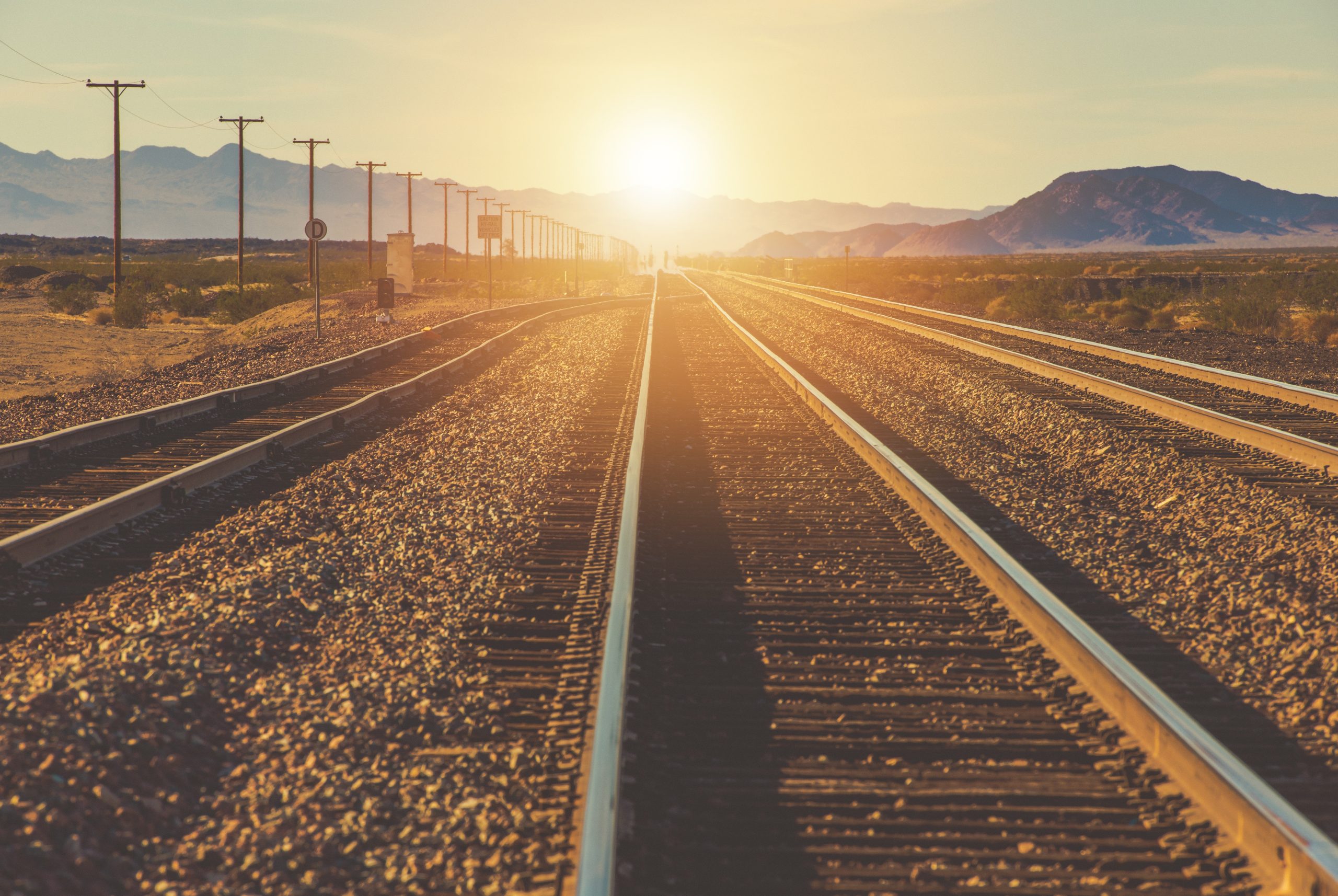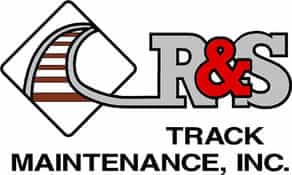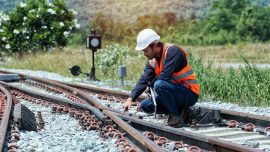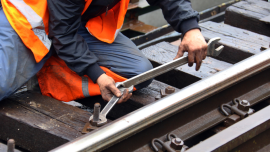
The Future of Railroads And Railroad Tracks in The US
In an era dominated by automobiles, it’s easy to overlook the lasting significance of trains in the United States. Despite the rise of alternative modes of transportation, railroad transportation remains as relevant as ever, playing a crucial role in the movement of goods and people across the country. As America continues to grow and evolve, railroads and railroad tracks have the potential for continued expansion and development.
Cost-Effectiveness and Efficiency
One of the key reasons why railroads are as relevant as ever is their unmatched efficiency in transporting large and heavy cargo over land. Compared to other modes of transportation, such as trucks or airplanes, railroads offer a more economical and environmentally sustainable solution for moving goods over long distances. With the capacity to carry massive loads of freight, including commodities like coal, grain, and automobiles, railroads play a vital role in supporting various industries and supply chains.
Infrastructure Needs for Growth
As America’s population and economy continue to grow, the demand for new infrastructure, including railroad tracks, will only increase. The expansion and maintenance of railroad tracks are essential to accommodate the growing volume of freight and passenger traffic across the country. Investments in rail infrastructure not only support economic growth and job creation but also enhance the efficiency and reliability of the transportation network as a whole.
High-Speed Rail Expansion
The Biden Administration has made significant commitments to support the expansion of high-speed rail in the United States. In December 2023, President Biden announced he would allocate $8.2 billion in funding for high-speed rail projects. This funding will support the development of new rail corridors, the modernization of existing rail infrastructure, and the implementation of high-speed rails to improve passenger travel and freight movement.
Environmental Sustainability
Railroads offer significant environmental advantages compared to other modes of transportation in terms of reducing greenhouse gas emissions and mitigating air pollution. By shifting freight from trucks to trains, railroads help alleviate traffic congestion on highways and reduce the carbon footprint associated with long-haul transportation. Additionally, the use of hybrid locomotives and alternative fuels further enhances the environmental sustainability of rail transportation.
Technological Innovation
The future of railroads in the US is also shaped by ongoing technological innovations. From advancements in signaling systems and track maintenance technology to the development of autonomous trains and predictive maintenance algorithms, railroads are embracing innovation to enhance their capabilities in the transportation industry. These technological advancements will play a crucial role in shaping the future of rail transportation and ensuring its continued relevance in the years to come.
R&S Track: Supporting The Expansion Of Railroads In The US
Railroads remain a vital component of transportation infrastructure in the United States. As the most cost-effective way to move large and heavy cargo over land, they support economic growth, facilitate trade, and reduce impact on the environment. R&S Track is committed to serving the track maintenance and expansion needs of the Midwest. Please call (402) 563-2350 for information.




0 comments
Write a comment